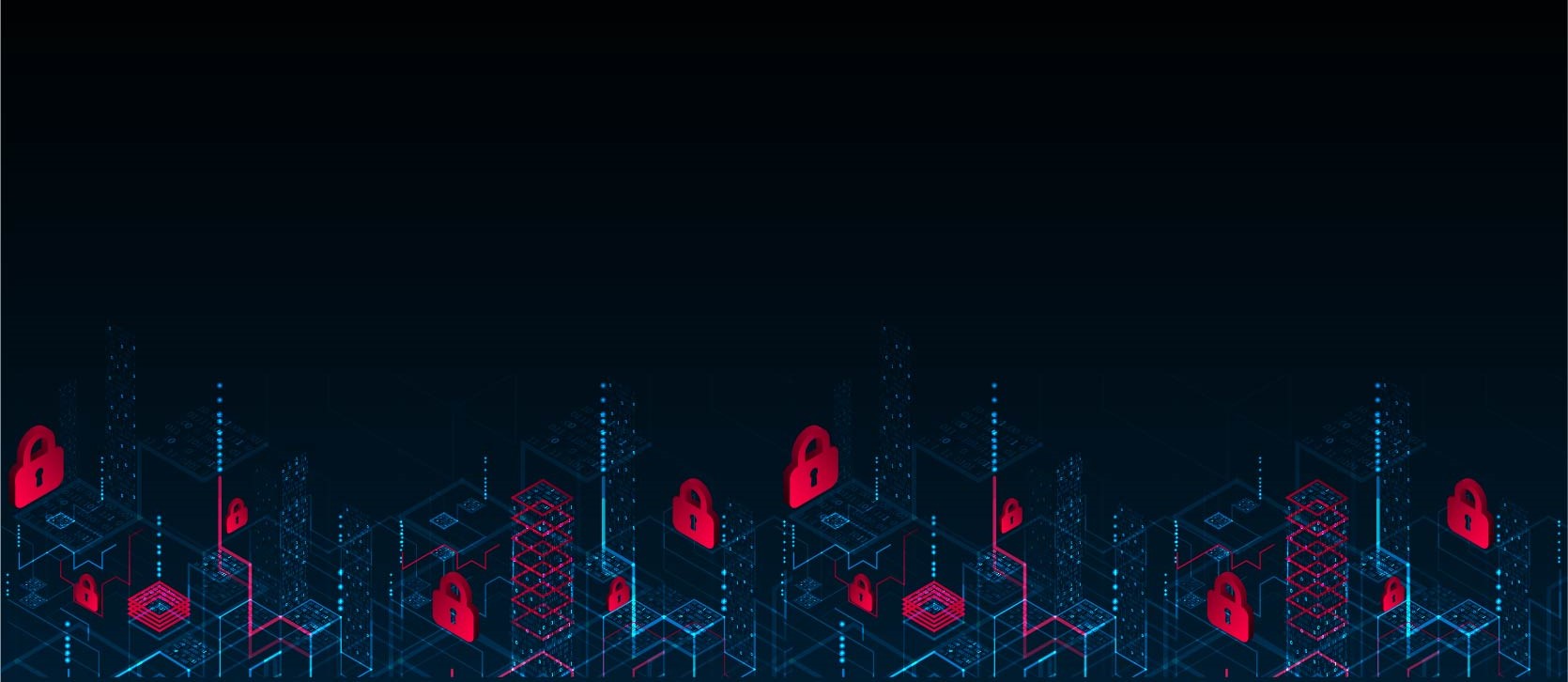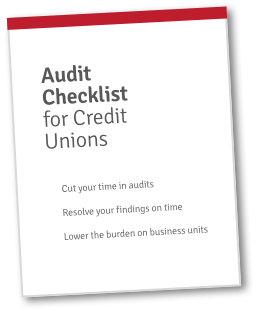It's increasingly important to centralize identity access management (IAM) at credit unions. Unfortunately, it's easier said than done.
If you’ve thought about centralizing IAM in your credit union, but don’t know how to start, then this blog is for you.
Ongoing changes in operational practices bring new security risks. I sat down with some credit union professionals to discuss pandemic-era changes, work-from-home, and best practices in identity access management (IAM) for credit unions.
Angie Garman, Internal Audit Manager at First Florida Credit Union, and Ray Murphy, cybersecurity strategist and former CISO at Navy Federal Credit Union, weighed in.
Our talk covered identity access management (IAM), from user privileges to offboarding employees. In the video, they discuss how credit unions have been handling these issues—and what steps they can take to minimize risks therefrom. If you intend to centralize your credit union’s IAM, or if you want to reduce the likelihood of insider threats, then this video is a must-watch.
So, dim the lights, grab your popcorn, and dig in!
Free Webinar
Centralizing IAM can be challenging, but it’s critical in today’s work environment. Credit unions can start the process without overburdening the IT department by:
- Inventory: Create a detailed list of applications and users, including roles, administrators, and maintenance responsibilities. Update this inventory regularly, and always when employees join or leave.
- Clearly defined roles: Establish clear roles for app users and administrators, assuring those with admin access have separate user IDs for their administrative and regular duties. Ensure each employee’s job description specifies required app access based on their role.
- Onboarding and offboarding protocols: Set procedures for granting and terminating app access—overseen by app administrators—to maintain security and compliance.
Future steps may include building an identity infrastructure and possibly implementing single sign-on (SSO) solutions for ease of use and enhanced security. Those improvements, plus the ones above, would ensure a manageable shift towards a more centralized IAM system.
You can learn more about the three steps above by clicking here.
The COVID-19 pandemic has fundamentally changed current audit operations at credit unions. And some of those changes may have lasting strategic consequences.
The COVID-19 crisis has changed regular exam, external, and internal audit operations. And, as with any period of upheaval and change, communication is key. In fact, this communication will be key to ensuring that your supervisory committee understands what your audit team is doing, how they’re doing it, and what they can expect.
Credit unions are facing new challenges during COVID-19. Many of their members are facing new financial circumstances, and those members are asking new questions. Credit unions are working hard to provide answers.
The COVID-19 pandemic has brought about a lot of changes for credit unions. New compliance measures. New forbearance guidance. Operational priorities.
Early in the pandemic, unemployment rates were high. Unemployment insurance fraud spiked. At the same time, the landscape of automatic deposits was changing.
Del Norte Credit Union (DNCU) is based in Santa Fe and Northern New Mexico. With just over $1b in assets, DNCU has a lean operation and outsources many of its audits. Their internal risk management activities are focused on managing their outsourced audits and running ongoing quality control and monitoring activities.
Being a credit union auditor can be pretty straightforward. Balance risk, enhance reporting, and optimize performance. But COVID-19 threw a wrench in the standard.
Running an audit can be stressful and is always time-consuming. More planning and structure at the beginning improve efficiency in subsequent stages.
We created our credit union audit checklist to give auditors a head start in both annual NCUA exams and audits. This is especially critical if you’re short-staffed or your business units have limited bandwidth.











 Get FREE Access to the Audit Checklist for Credit Unions!
Get FREE Access to the Audit Checklist for Credit Unions!


